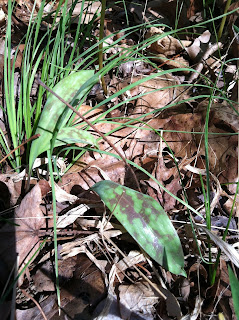These past two weeks, we canned chipotle salsa, BBQ sauce, elderberry syrup for the flu (and sample last year's wine to see if we want to make more - yes!). I made one quart of elderberry elixir. Instead of making syrup (1 part berries, 2 parts water - simmer 40 minutes, strain, add 1/2 part honey, and can for 10 minutes), I put 2 cups berries in a quart jar. Fill 2/3 with rum and 1/3 with honey. Also add cinnamon and grated lemon peel. Keep in dark 6 weeks, strain. Berries are never heated. My herbalist idol, Jenny Mansell, recommended an elixir instead of syrup. I tried this last year and really liked it.
We also harvested a bumper crop of carrots and grated about 60 to dehydrate in our solar dryer. We made dilly carrot pickles (a first), some carrot-ginger-apple juice to reward our hard work, and an experiment we may not sample: lacto-fermented carrot juice. Kinda scary, but intriguing. We also put about 40 in the fridge and the rest in the root cellar.
In the meantime, we've been making more bread, inspired by our trip to Europe, and enjoying farm-meals. Johnny brush hogged the crop field in preparation for planting winter wheat and winter peas as a cover crop and winter forage for the goats. Today we butchered two goat bucklings born in April, who were starting to attempt to breed with their mama. I cooked Keema last weekend with ground goat, and loved it. We also enjoyed some delicious goat ribs in Romania, thanks to Robyn, and saved the ribs in hopes of replicating.
I say this all the time, but I'll try for monthly updates.



















































